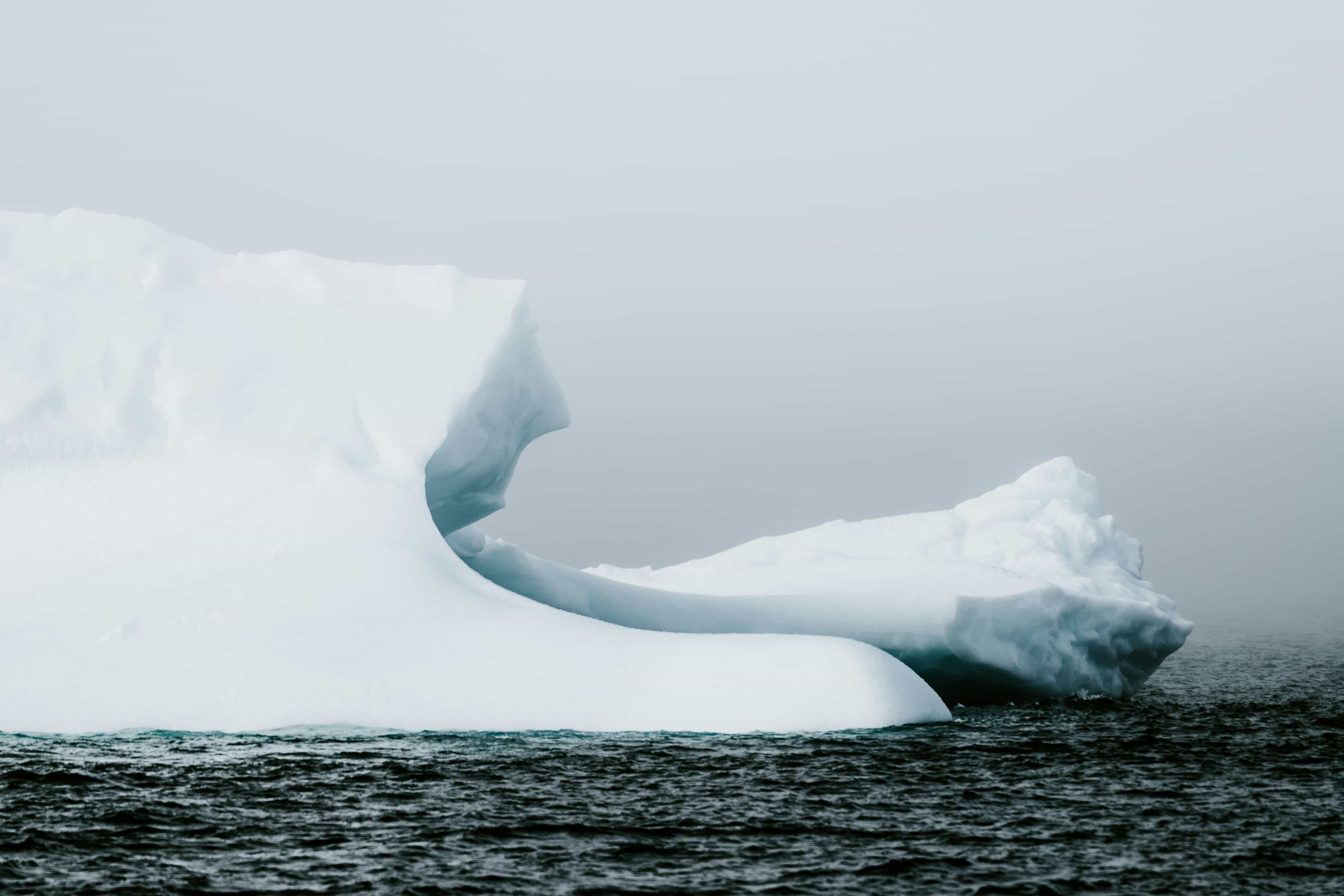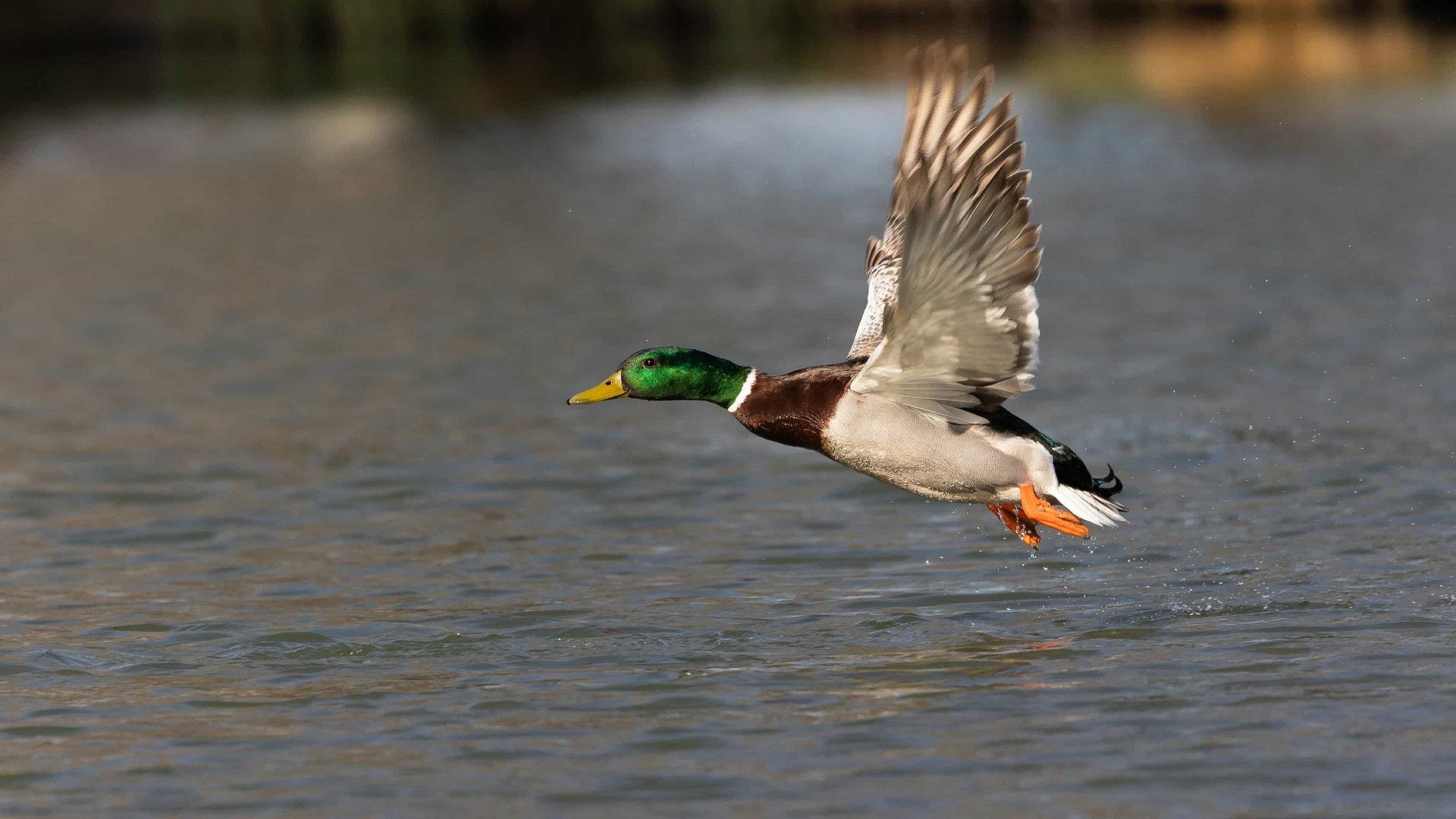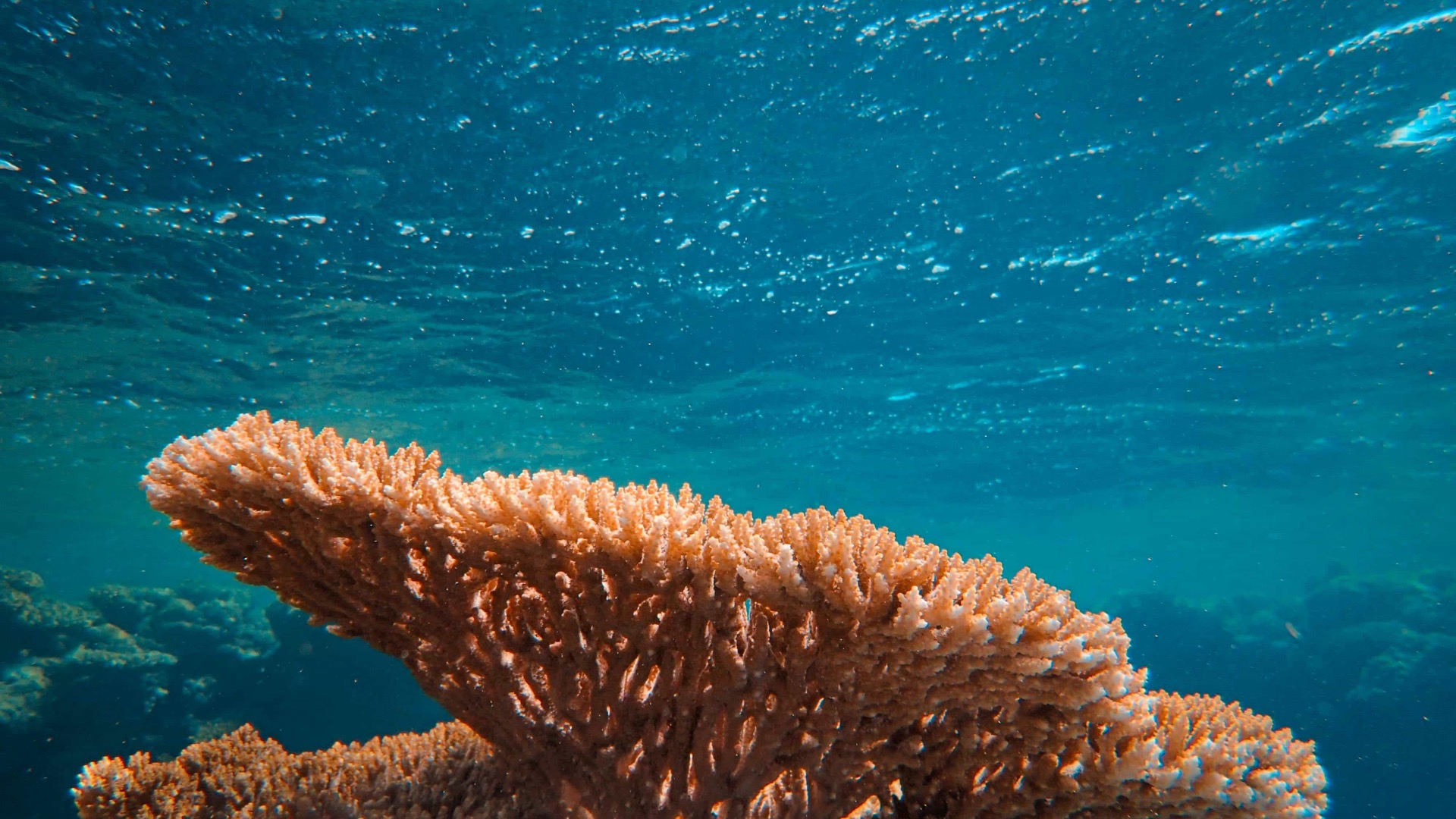The Arctic Ocean, a region often described as Earth’s thermostat, is undergoing dramatic changes as sea ice melts at an alarming rate. While images of polar bears stranded on shrinking ice are a powerful symbol of this crisis, the impacts extend far deeper - down to the microscopic organisms that sustain the Arctic’s delicate ecosystems. A recent study explores how the loss of sea ice is affecting microbial eukaryotes, the tiny but vital organisms that underpin Arctic food webs and play a critical role in global environmental health.
Why Microbial Eukaryotes Matter
Microbial eukaryotes are single-celled organisms like phytoplankton, ciliates, and flagellates. Despite their size, they play enormous roles in the Arctic Ocean. These tiny creatures produce oxygen, recycle nutrients, and form the base of the food chain, feeding everything from small fish to massive whales. They’re also key players in carbon cycling, helping the Arctic Ocean absorb carbon dioxide from the atmosphere and store it away - a crucial process for slowing climate change.
However, these microbes are highly sensitive to their environment, and the rapid loss of sea ice is causing major disruptions. Sea ice not only provides a unique habitat for specialized microbial communities but also regulates light and nutrient availability in the water below. When the ice melts, it’s not just the Arctic landscape that changes; the entire ecosystem is reshaped, starting with these foundational organisms.
The Study: A Close Look at Arctic Microbes
To understand how sea ice loss affects microbial life, researchers collected samples from the Beaufort Sea, a part of the Arctic Ocean experiencing rapid changes. They studied microbial communities in four different environments: the open ocean, river-influenced waters, coastal regions, and areas beneath the sea ice. Using advanced genetic sequencing, the team identified which microbes lived in each environment and how diverse these communities were.
The findings were striking. Microbial communities beneath the sea ice were uniquely adapted to their cold, dark habitat. These under-ice microbes were dominated by rare species that thrived in conditions unlike anywhere else. In contrast, the open ocean and river-influenced waters were home to more generalist species - microbes that could survive in a wider range of conditions but lacked the specialization seen under the ice.
The Threat of Melting Ice
As sea ice continues to melt, these specialized under-ice communities face a major threat. Without their icy habitat, many of these rare microbes may be replaced by generalist species, leading to a loss of biodiversity. This shift could disrupt vital ecosystem processes, like nutrient recycling and carbon absorption, which depend on the unique functions of these specialized microbes.
Thinner ice also allows more sunlight to penetrate the water, changing how microbes grow and interact. The study found that regions with thicker, multi-year ice supported more diverse microbial communities compared to areas with thinner, first-year ice. This highlights how the type and stability of sea ice play a key role in maintaining the health of Arctic ecosystems.
Global Implications of Local Changes
While these changes may seem remote, their impact reaches far beyond the Arctic. Sea ice loss contributes to rising sea levels and releases stored carbon, accelerating global warming. Changes in microbial communities could also reduce the Arctic’s ability to act as a carbon sink, a natural system that traps carbon dioxide and helps stabilize the planet’s climate.
The loss of biodiversity in the Arctic could trigger ripple effects throughout the food web, potentially impacting fish stocks and marine mammals that depend on these tiny organisms for food. These changes could even affect people living far from the Arctic, as warming oceans and altered ecosystems influence weather patterns, fisheries, and global carbon cycles.
What Can Be Done?
This study underscores the urgent need to address climate change and protect Arctic ecosystems. Reducing greenhouse gas emissions is the most critical step to slowing sea ice loss. Additionally, supporting research and monitoring programs can help scientists better understand these changes and develop strategies to preserve Arctic biodiversity.
Efforts to protect the Arctic must also consider the interconnectedness of its ecosystems. Protecting large predators like polar bears and seals is important, but so is safeguarding the tiny organisms at the base of the food chain. Microbial eukaryotes may be small, but their role in maintaining the Arctic’s ecological balance - and the health of the planet - is enormous.
A Call for Action
This research highlights the often-overlooked world of microbial life and its vulnerability to climate change. By revealing how sea ice loss impacts these foundational organisms, scientists are shedding light on the far-reaching consequences of warming temperatures. Protecting the Arctic means protecting the intricate web of life it supports, from the smallest microbes to the largest whales - and ultimately, protecting ourselves.


